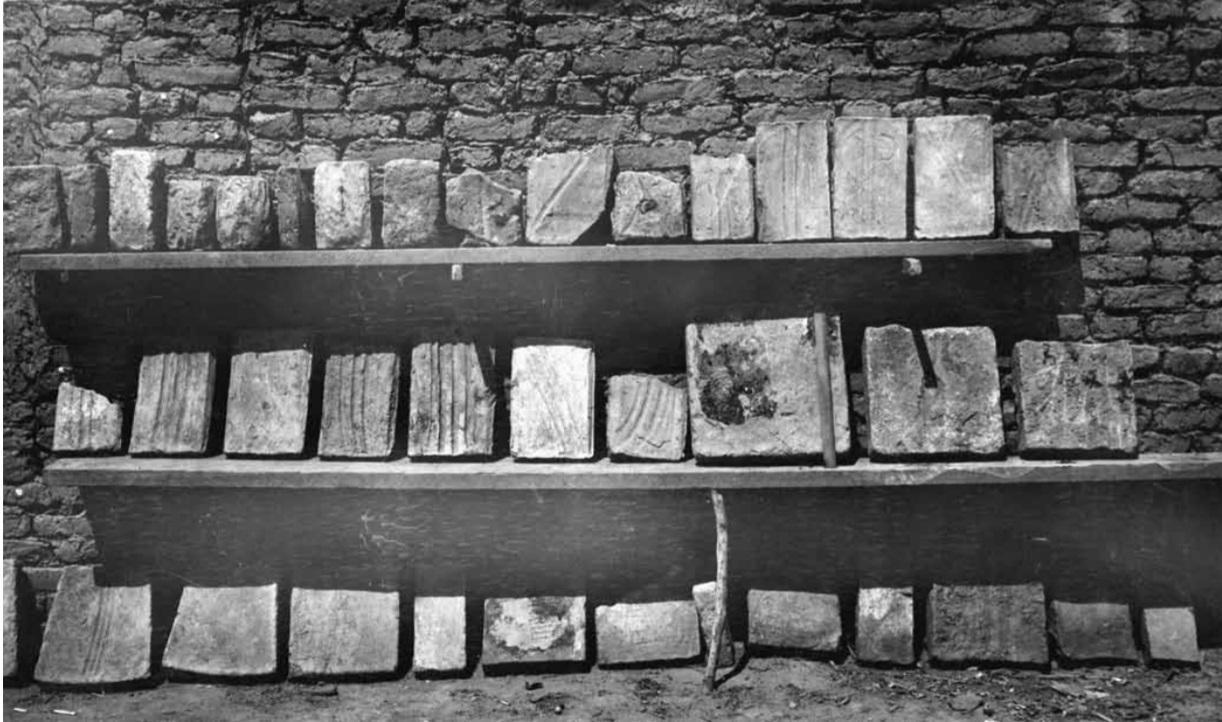Adab or Udab (Sumerian: 𒌓𒉣𒆠 , spelled UD.NUNKI) was an ancient Sumerian city between Girsu and Nippur. It was located at the site of modern Bismaya or Bismya in the Wasit Province of Iraq. The city-god of Adab was The Sovereign Appointed by Ellil
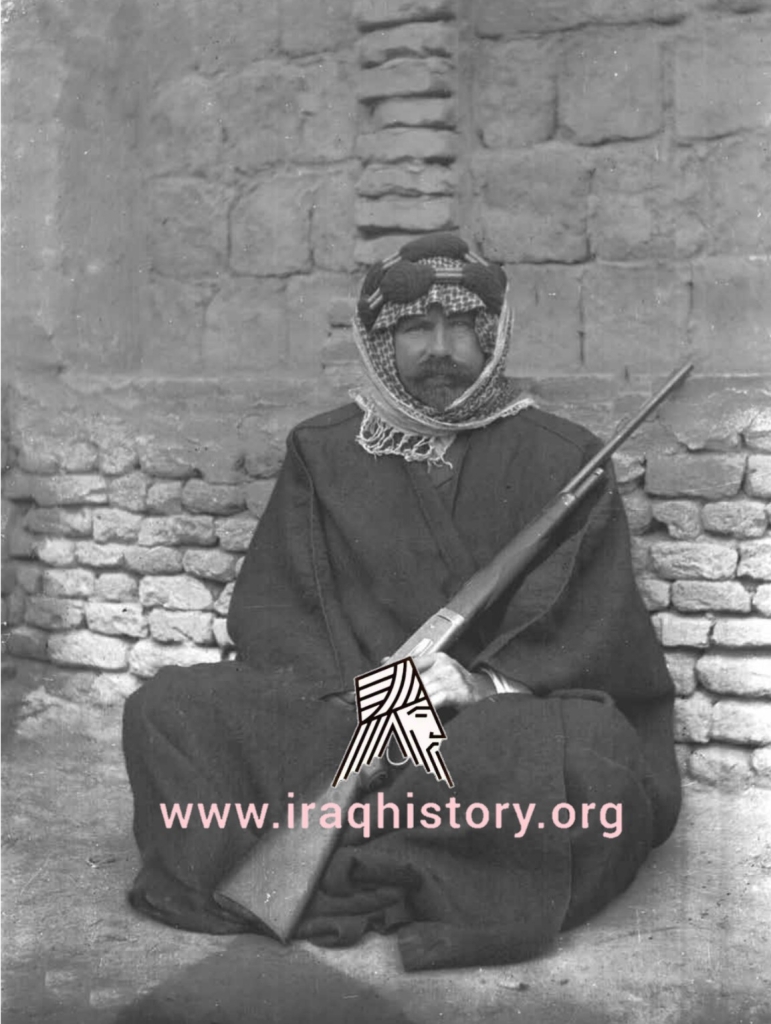
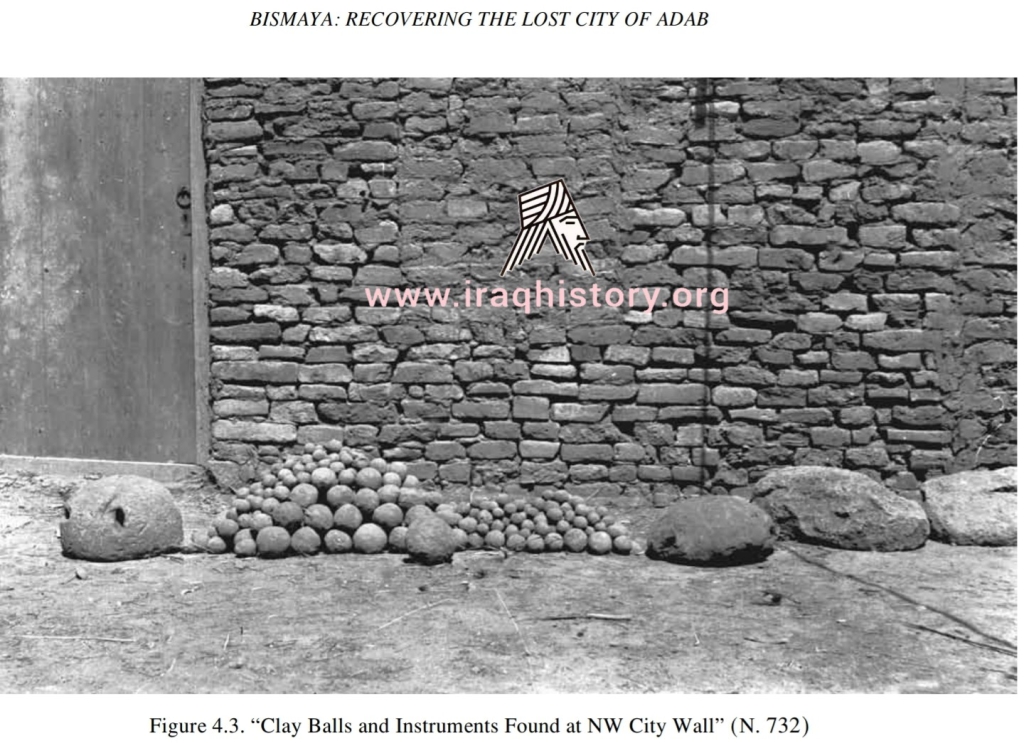
Initial examinations of the site of Bismaya were by William Hayes Ward of the Wolfe Expedition in 1885 and by John Punnett Peters of the University of Pennsylvania in 1890, each spending a day there and finding one cuneiform table and a few fragments. Walter Andrae visited Bismaya in 1902, found a table fragment and produced a sketch map of the site.
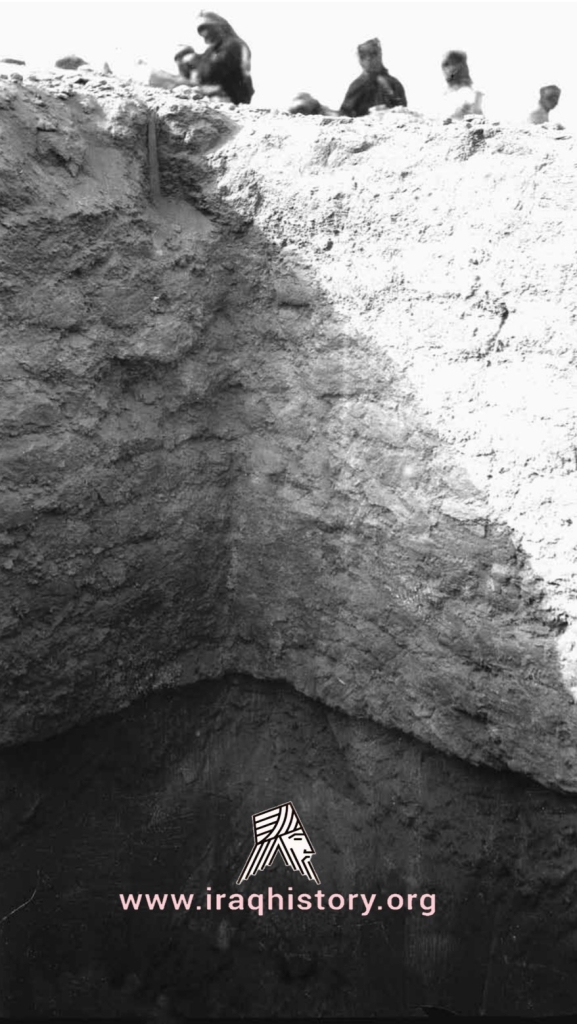
Excavations were conducted there for a total of six months, between Christmas of 1903 and June 1905, for the University of Chicago, primarily by Edgar James Banks, with the final part of the dig being under engineer Victor S. Persons. It proved that these mounds covered the site of the ancient city of Adab (Ud-Nun), hitherto known only from the Sumerian King List and a brief mention of its name in the introduction to the Hammurabi Code. The city was divided into two parts by a canal, on an islan
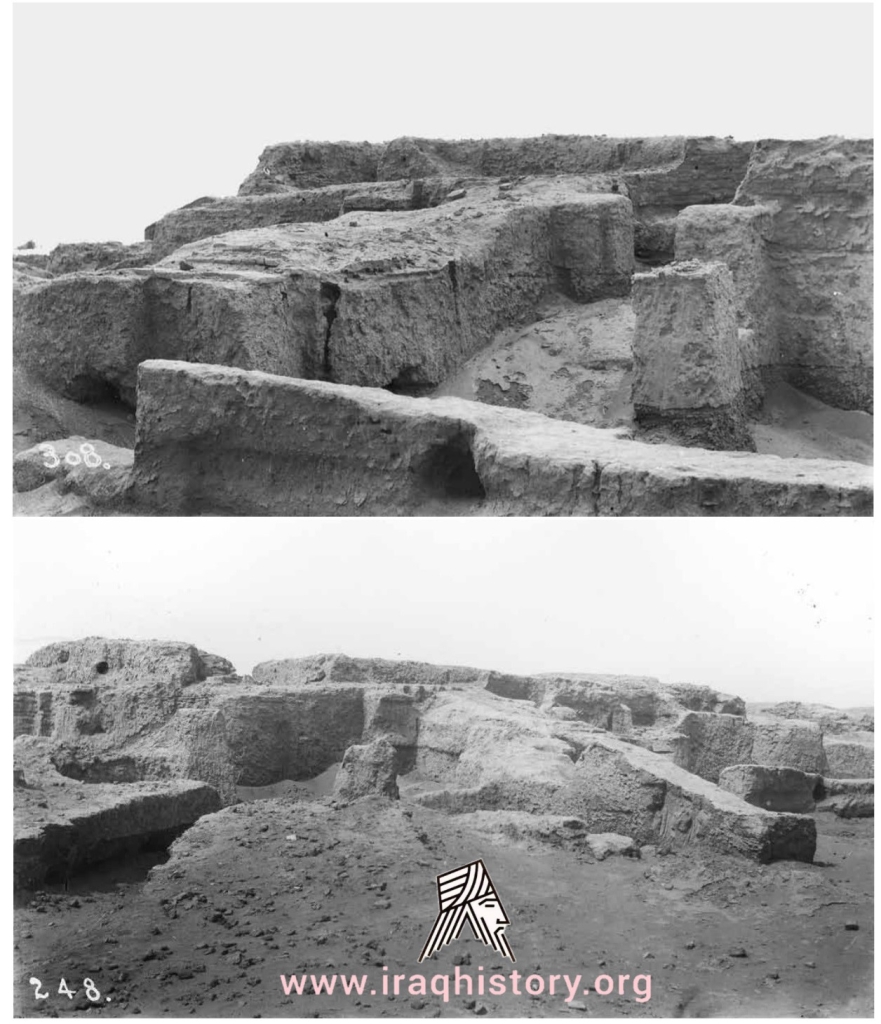
in which stood the temple, E-mach, with a ziggurat, or stepped tower. It was evidently once a city of considerable importance, but deserted at a very early period, since the ruins found close to the surface of the mounds belong to Shulgi and Ur-Nammu, kings of the Third Dynasty of Ur in the latter part of the third millennium BC, based on inscribed bricks excavated at Bismaya. Immediately below these, as at Nippur, were found artifacts dating to the reign of Naram-Suen and Sargon of Akkad, c. 2300 BC. Below these there were still 10.5 metres (34 ft) of stratified remains, constituting seven-eighths of the total depth of the ruins. Besides the remains of buildings, walls and graves, Banks discovered a large number of inscribed clay tablets of a very early period, bronze and stone tablets, bronze implements and the like
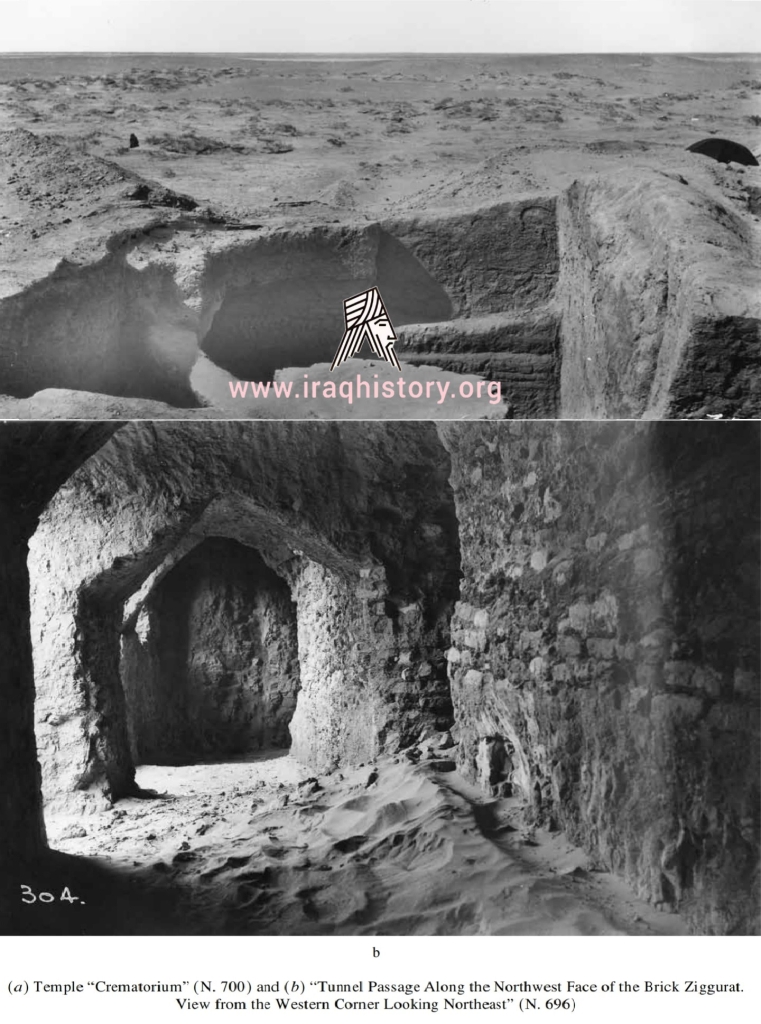
Of the tablets, 543 went to the Oriental Institute and roughly 1100, mostly purchased from the locals rather than excavated, went to the Istanbul Museum. The latter are still unpublished. Brick stamps, found by Banks during his excavation of Adab state that the Akkadian ruler Naram-Suen built a temple to Inanna at Adab, but the temple was not found during the dig, and is not known for certain to be E-shar. The two most notable discoveries were a complete statue in white marble, apparently the
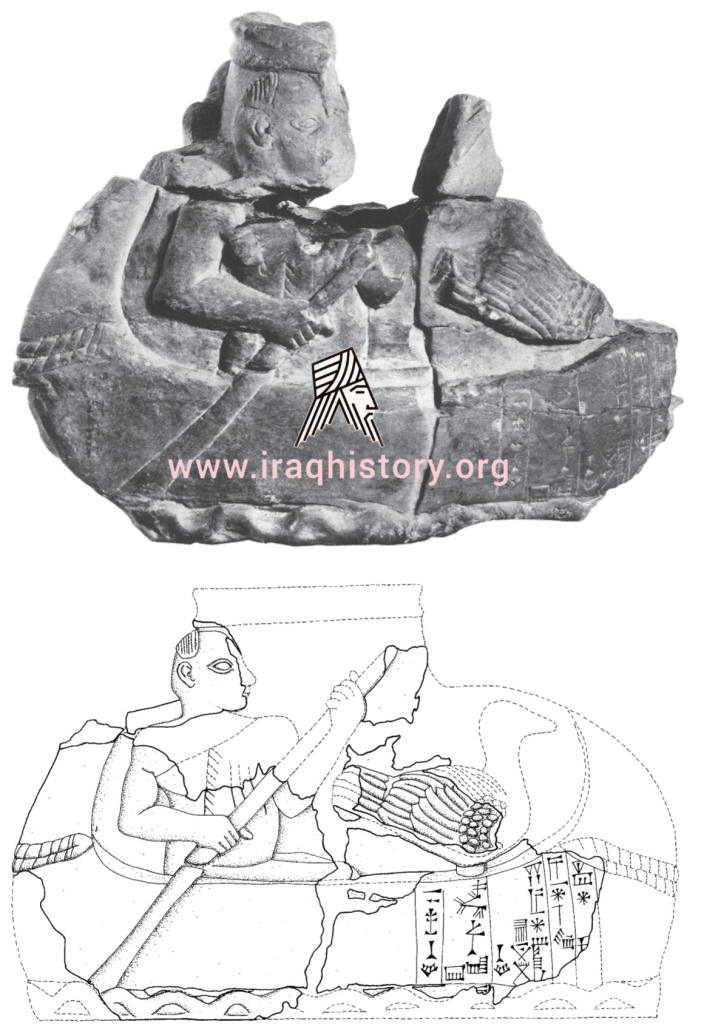
Early Dynastic Period
Adab was occupied from at least the Early Dynastic Period. According to Sumerian text Inanna’s descent to the netherworld, there was a temple of Inanna named E-shar at Adab during the reign of Dumuzid of Uruk. In another text in the same series, Dumuzid’s dream, Dumuzid of Uruk is toppled from his opulence by a hungry mob composed of men from the major cities of Sumer, including Adab.
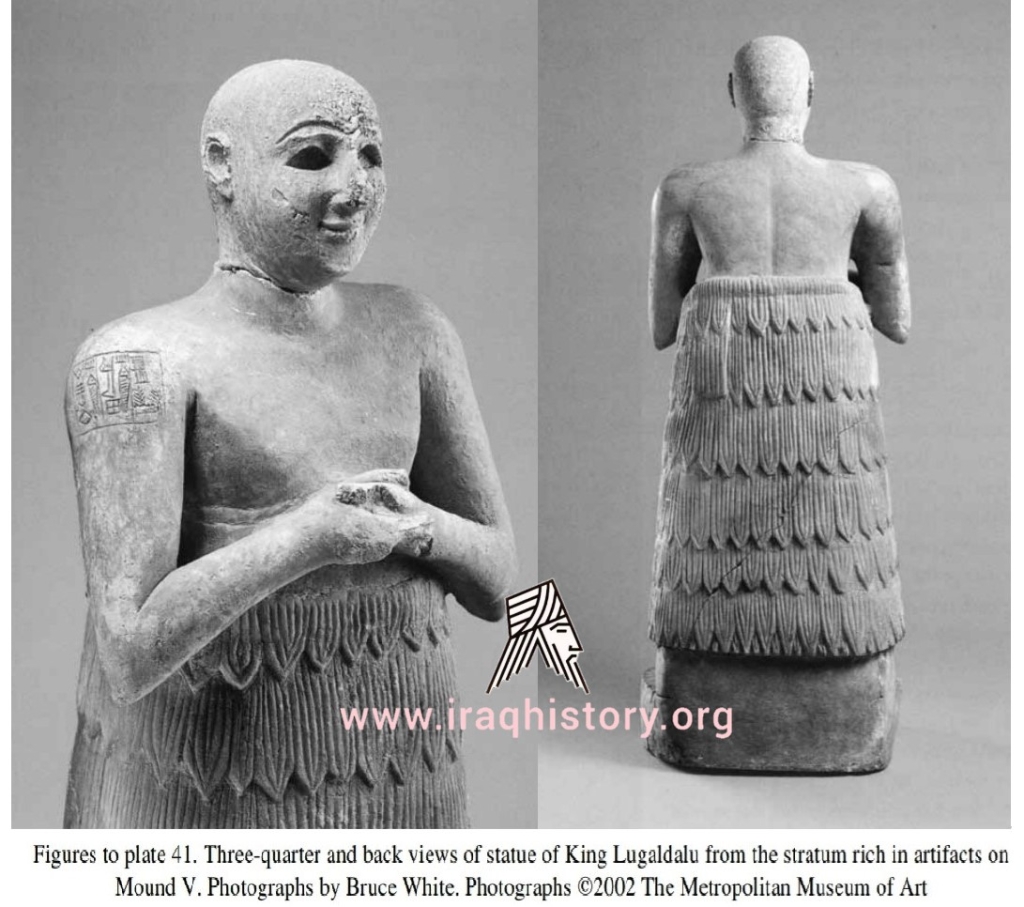
One king of Adab, Lugal-Anne-Mundu, appearing in the Sumerian King List, is mentioned in few contemporary inscriptions; some that are much later copies claim that he established a vast, but brief empire stretching from Elam all the way to Lebanon and the Amorite territories along the Jordan. Adab is also mentioned in some of the Ebla tablets from roughly the same era as a trading partner of Ebla in northern Syria, shortly before Ebla was destroyed by unknown forces.
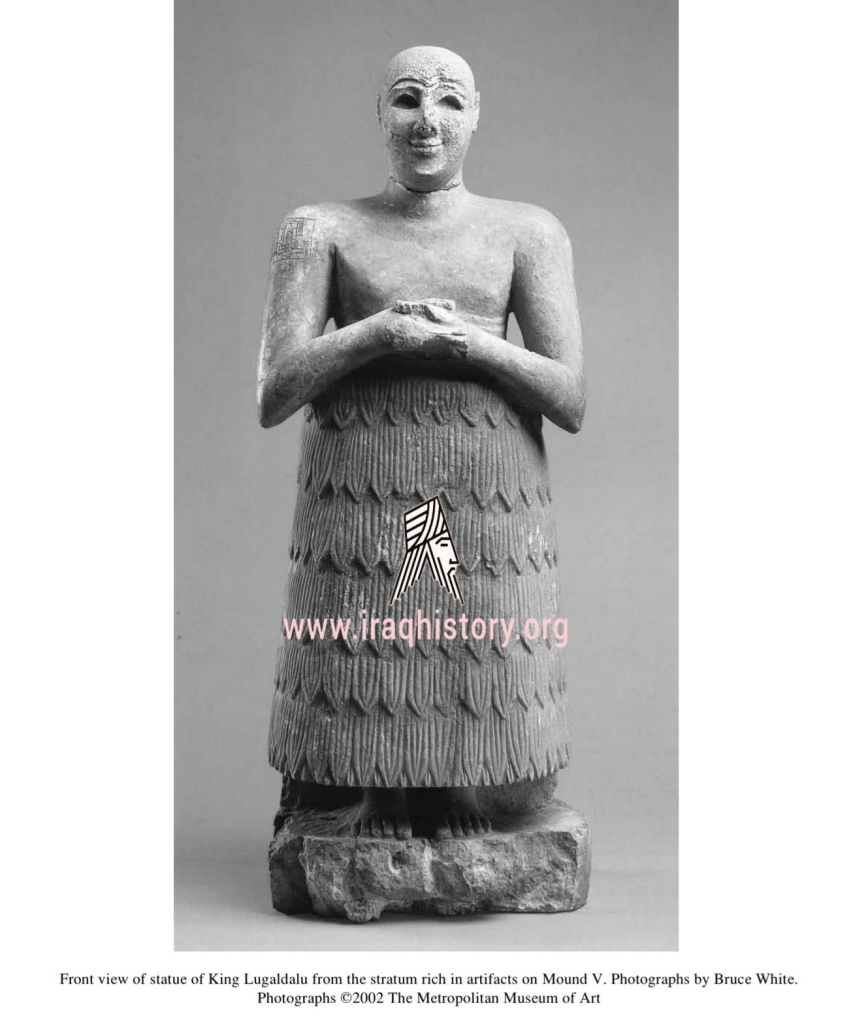
Rulers of Adab
| Ruler | Proposed reign | Notes | |
|---|---|---|---|
| Nin-kisalsi | c. 2600 – c. 2500 BC | “Governor of Lagash” | |
| Lugaldalu | c. 2500 – c. 2470 BC | Known from a statue | |
| E-iginimpa’e | c. 2470 – c. 2450 BC | Contemporary with Lugalzagesi | |
| Mug-si | c. 2450 – c. 2430 BC | ||
| Lugalannemundu | c. 2430 – c. 2340 BC | “King of the four quarters of the world” | |
| Meskigal | c. 2340 BC | Governor under Lugalzagesi of Uruk, Sargon of Akkad, and Rimush of Akkad.[23] | |
| Lugal-ajagu | c. 2300 BC | Vassal governor under Akkadian Empire.[24] | |
| Ur-tur | c. 2250 BC | Vassal governor under Akkadian Empire in time of Sarkalisarri | |
| Urdumu | ? | Ensi, known from a seal |
Akkadian Governors of Adab
| Ruler | Proposed reign | Notes | |
|---|---|---|---|
| Lugal-gis | c. 2220 BC | Governor of Adab under Shar-Kali-Sharri (r. 2217-2193 BC) | |
| Ur-tur | c. 2200 BC | Governor of Adab under Shar-Kali-Sharri (r. 2217-2193 BC) | |
| Amar-Suba | c. 2180 BC | Governor of Adab under Dudu (r. 2189-2169 BC) |


